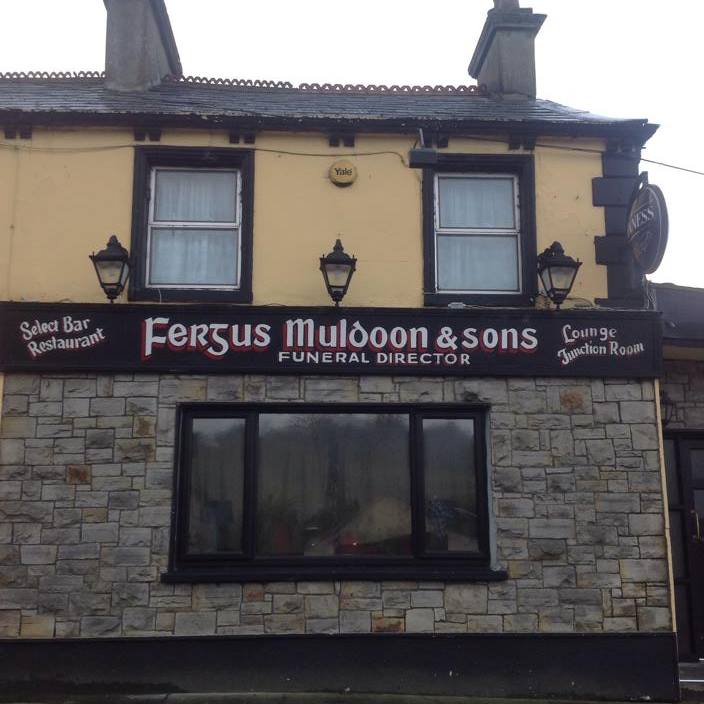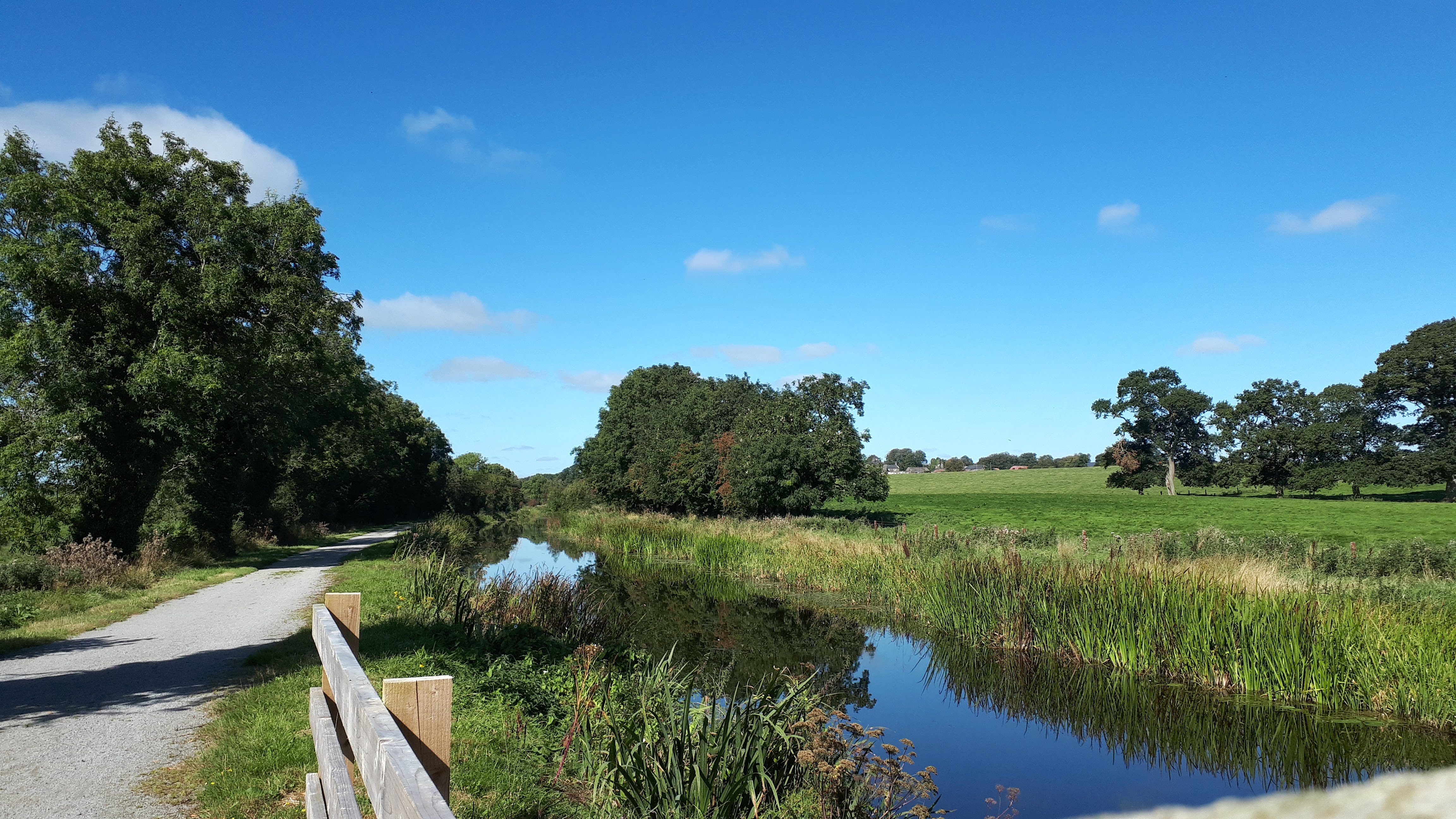|
List Of Townlands Of County Meath
This is a sortable table of the approximately 1,634 townlands in County Meath, Republic of Ireland, Ireland. Retrieved: 2010-09-10. Duplicate names occur where there is more than one townland with the same name in the county. Names marked in bold typeface are towns and villages, and the word ''Town'' appears for those entries in the Acres column. Townland list References {{reflist Townlands of County Meath, Lists of townlands of Ireland, Meath Townlands of the Republic of Ireland by county, Meath County Meath-related lists, Townlands ...[...More Info...] [...Related Items...] OR: [Wikipedia] [Google] [Baidu] |
Townland
A townland ( ga, baile fearainn; Ulster-Scots: ''toonlann'') is a small geographical division of land, historically and currently used in Ireland and in the Western Isles in Scotland, typically covering . The townland system is of Gaelic origin, pre-dating the Norman invasion, and most have names of Irish origin. However, some townland names and boundaries come from Norman manors, plantation divisions, or later creations of the Ordnance Survey.Connolly, S. J., ''The Oxford Companion to Irish History, page 577. Oxford University Press, 2002. ''Maxwell, Ian, ''How to Trace Your Irish Ancestors'', page 16. howtobooks, 2009. The total number of inhabited townlands in Ireland was 60,679 in 1911. The total number recognised by the Irish Place Names database as of 2014 was 61,098, including uninhabited townlands, mainly small islands. Background In Ireland a townland is generally the smallest administrative division of land, though a few large townlands are further divided into h ... [...More Info...] [...Related Items...] OR: [Wikipedia] [Google] [Baidu] |
Drumcondra, County Meath
Drumconrath or Drumcondra (historically ''Drumconra'', from ) is a small village in north County Meath, Ireland. The parish borders County Louth and is also close to the borders of Counties Monaghan and Cavan. As of the 2016 census, the village had a population of 345 people. The village lies in a parish, Drumconrath and Meath Hill parish, within the Roman Catholic Diocese of Meath. History There is evidence of settlement in the area since before 200 BC in the ancient pathways and ringforts at Corstown and Drumsilagh. Tuath Conraige of the Mugdorna, an Airgíalla tribe mostly in Monaghan, occupied the area in the early middle ages and gave their name to the area. During the Late Middle Ages, Drumconrath was literally "Beyond the Pale" being the first Gaelic Settlement you meet leaving the Pale from Ardee. It was a hostile place for the English who left the safety of the Pale and several battles took place in the village. The battle of Ballyhoe (1539 AD) between the O'Neill ... [...More Info...] [...Related Items...] OR: [Wikipedia] [Google] [Baidu] |
Kildalkey
Kildalkey or Kildalky () is a village and a parish in the Barony of Lune, county and diocese of Meath, Ireland. Population The population of the village was 149 at the time of the 1996 Census. By the time of the 2002 census, the village had grown significantly, more than tripling in population to 518 inhabitants. The population recorded in the 2011 census shows Kildalkey then had a population of 663, a 28% increase from 2006. The census of 2016 showed a further rise in the population to 708. History The patron saint is Saint Dymphna, to whom the Catholic church is dedicated. Designed by the architect W H Byrne, it was consecrated in 1898. The Protestant church, by the architect Joseph Welland (1798-1860), was consecrated in 1856 and was situated at Rathcormick, 2 miles west of the village. It was demolished in the 1960s. Christianity came to Kildalkey in the 5th century when St Mo-Luog founded a monastery there and the parish is mentioned in the Book of Kells. A section of th ... [...More Info...] [...Related Items...] OR: [Wikipedia] [Google] [Baidu] |
Kilcock
Kilcock () is a town and townland in the north of County Kildare, Ireland, on the border with County Meath. Its population of 6,093 makes it the ninth largest town in Kildare and 76th largest in Ireland. The town is located 35 km (22 mi) west of Dublin, and is on the Royal Canal. Local industries include a large Musgrave Group distribution centre, which supplies SuperValu and Centra stores across much of the country. History Kilcock takes its name from the 6th century Saint Coca who founded a church beside the Rye River, a major tributary of the River Liffey. The saint is traditionally said to have been a sister of St. Kevin of Glendalough; by occupation, she was an embroiderer of church vestments, including those for St. Colmcille. A holy well dedicated to Coca, formerly thought to be lost in the back-yards of Kilcock, is believed locally to be in the area behind the Ulster Bank, and her feast is remembered on 6 June. However, this commemoration is a modern rev ... [...More Info...] [...Related Items...] OR: [Wikipedia] [Google] [Baidu] |
Kells, County Meath
Kells (; ) is a town in County Meath, Ireland. The town lies off the M3 motorway, from Navan and from Dublin. Along with other towns in County Meath, it is within the "commuter belt" for Dublin, and had a population of 6,135 as of the 2016 census. It is best known as the site of Kells Abbey, from which the Book of Kells takes its name. Name The settlement was originally known by the Irish name ''Cenannus'', later ''Ceannanas'' or ''Ceannanus'', and it is suggested that the name 'Kells' developed from this.Placenames Database of Ireland (see archival records) Anngret Simms and Katharine Simms, ''Irish Historic Towns Atlas, No. 4: Kells'', p. 1. , |
Julianstown
Julianstown () is a village in County Meath, Ireland. It is located near Drogheda on the R132 regional road. In 1641, the Battle of Julianstown was fought here during the Irish Rebellion of 1641. Julianstown is situated on the River Nanny () which flows into the sea at Laytown, about 3 km away. The village has both Roman Catholic and Church of Ireland churches, a national (primary) school and a public house. History The Parish of Julianstown is situated in the Barony of Lower Duleek and County Meath, and the parish is part of the Roman Catholic Union of Stamullen. Julianstown is significant in that it contains a bridge across the river Nanny on the road between Dublin and Belfast.Peter O'Reilly. ''Rivers of Ireland: A Flyfisher's Guide.'' Stackpole Books, Apr 1, 2003, p. 226. One of the earliest mentions of Julianstown commemorates the Battle of Julianstown in 1641, which took place near the bridge. Indeed, there is a commemorative plaque on the bridge erected by Bil ... [...More Info...] [...Related Items...] OR: [Wikipedia] [Google] [Baidu] |
Enfield, County Meath
Enfield () or Innfield is a town in south County Meath, Ireland, situated between Kilcock and Kinnegad and very close to the border with County Kildare. The town is on the Dublin-Sligo railway line. It is located on the R148 regional road, formerly the N4 national primary road connecting Dublin to Connacht. In the 20 years between the 1996 and 2016 census, the population of Enfield grew considerably from just 566 inhabitants to 3,239 people. This increase is due to its location on the commuter belt to Dublin. Similarly to many other dormitory towns in this vicinity, numerous housing estates have been constructed, with 2016 census numbers indicating that 80% of the town's housing stock (826 of 1,024 households) was built between 1991 and 2010. Name The village's Irish name, ''An Bóthar Buí'' (the yellow road), is derived from the yellow mud that formed on the main street of the village through a combination of rain and the churning effect of the wheels of the stagecoach on ... [...More Info...] [...Related Items...] OR: [Wikipedia] [Google] [Baidu] |
Greenogue
Greenogue () is a football ground located in Newcastle, South Dublin, Ireland. Location Greenogue is located east-northeast of Newcastle, County Dublin and immediately west of Casement Aerodrome. Hosts The field at Greenogue is part of the Westmanstown townland. Peamount United F.C. use Greenogue as their home venue in the Women's National League. See also * Stadiums of Ireland The following is a list of sports stadiums on Ireland. This includes stadiums in both Northern Ireland and the Republic of Ireland. They are ordered by their capacity. The capacity figures are permanent total capacity as authorised by the contr ... References {{Women's National League (Ireland) venues Association football venues in the Republic of Ireland Sports venues in South Dublin (county) ... [...More Info...] [...Related Items...] OR: [Wikipedia] [Google] [Baidu] |
Gortloney
Gortloney ( ga, Gort Cluainídhe or ) is a townland in the parish of Moylagh, County Meath, Ireland Ireland ( ; ga, Éire ; Ulster Scots dialect, Ulster-Scots: ) is an island in the Atlantic Ocean, North Atlantic Ocean, in Northwestern Europe, north-western Europe. It is separated from Great Britain to its east by the North Channel (Grea .... Townlands of County Meath {{Meath-geo-stub ... [...More Info...] [...Related Items...] OR: [Wikipedia] [Google] [Baidu] |
Gormanston, County Meath
Gormanston () is a village in County Meath, Ireland. It is near the mouth of the River Delvin and the northern border of County Dublin. History Archaeology A group of passage graves on either side of the mouth of river Delvin, known as the Bremore/Gormanston group, is believed to mark the arrival of that culture from the Iberian peninsula and to be the precursor of later developments such as the Newgrange cluster. Legend also associates the site with the first landings of both Saint Patrick and Oliver Cromwell. During construction of a gas pipeline between Great Britain and Ireland, a 7-metre-long prehistoric dugout was found just offshore at Gormanston Strand. Unlike other ancient Irish boats, the Gormanston boat seems to have been of outrigger construction. Historic features Several ancient cob cottages still exist in the village under more modern surfaces. Gormanston Bridge dates to the 13th century and is believed to be one of the oldest structures on the Dublin-Dunleer ... [...More Info...] [...Related Items...] OR: [Wikipedia] [Google] [Baidu] |




